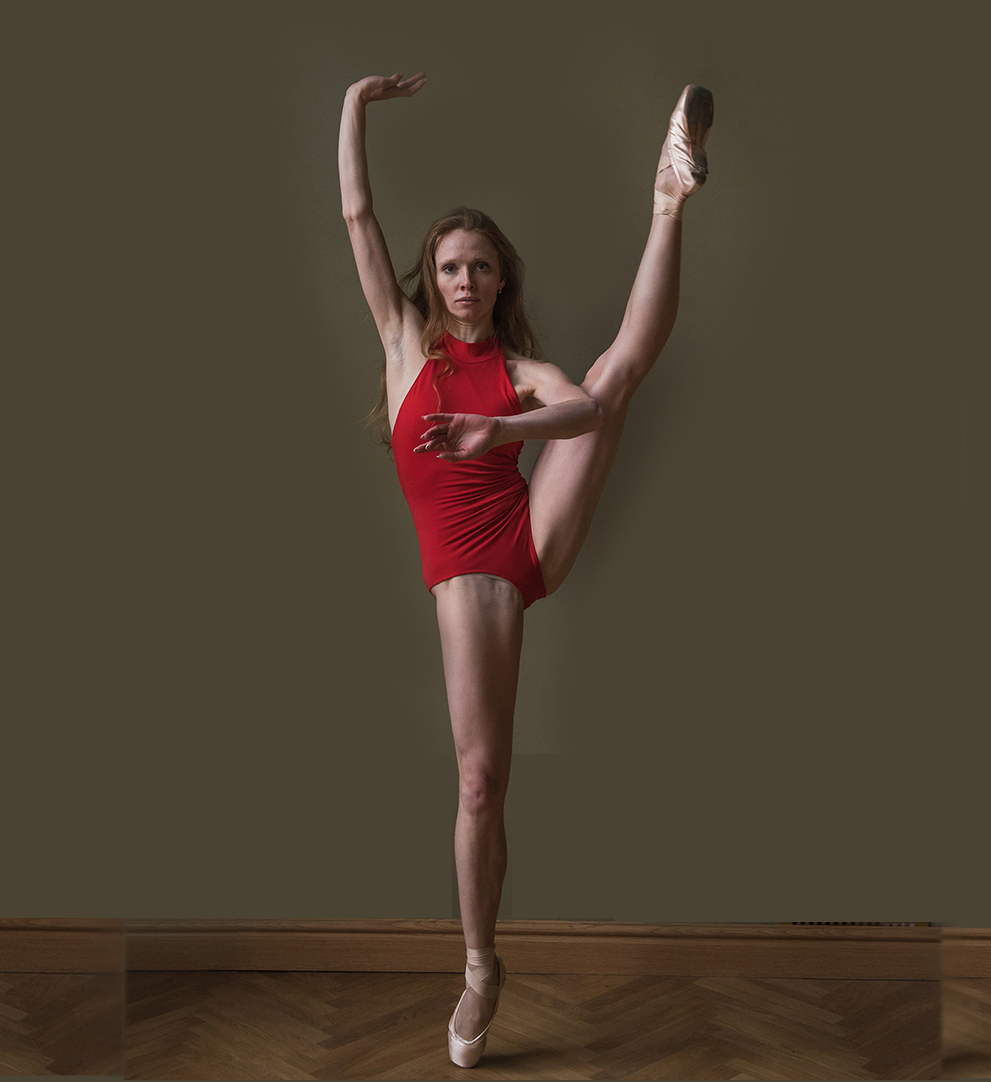Thousands of miles from where this young ballerina now lives in USA, is a country in West Africa, bordered by Liberia, Sierra Leone. Sierra Leone is a country famous for its alluvial diamonds. These diamonds became the major cause for the civil war which was waged to control diamond-rich territory. The brutal civil war lasted for eleven years in the 1990s, leaving almost a million affected people to gather the pieces of their lives. More than 50,000 people were brutally killed, unprecedented numbers mutilated and raped, and the Revolutionary United Front (RUF) rebels ran amok in a once-peaceful country. Among the lucky survivors was a three year old girl Mabinty Bangura, who the world now knows as Michaela DePrince, the ballerina who has co-authored the book based on her life “TAKING FLIGHT:FROM WAR ORPHAN TO STAR BALLERINA”, the self-explanatory title of a life that has seen tumultuous events.
Having lost her entire family, her father to the rebels’ bullets, her mother to starvation, and young brothers in childhood, Michaela was raised in an orphanage of 27 children. Michaela was despised due to a skin condition called vitilgo that led to pigmentation. The ignorant African folk termed her as a “Devil’s child” and the orphanage assigned her Number 27, to denote the least preferred orphan in the group. If that was not sorrow enough, Micheala, as a little girl, witnessed the brutal mutilation and murder of her pregnant teacher, whose tummy was cut open by rebels, the foetus thrown away, and as the teacher lay with her arms and legs mutilated, Micheala could just watch in disbelief. But the winds of change blew to her door when a front page picture of a white ballerina featured in a magazine was picked up by Micheala. The little girl instantly realized what she wanted to be, a ballerina.
Fortune did favour the brave when she was adopted by a compassionate New Jersey couple, DePrinces. She was only four years old. USA was a very different country. She was surprised to see white people all around and the little girl looked at every white woman, searching for the ballerina, whose picture she had carefully hidden in her person. Encouraged by her mother Elaine, who explained to her that hard work was the only path to success, Michaela began to concentrate on ballet. She was barely big enough to stand on her two little feet. The United States still harboured, as it does till this day, racism that projects any investment on black ballerinas, as futile. Never would a black girl from Africa land a lead role in a ballet. At a tender age of eight, she was cruelly denied the role of Marie in “The Nutcracker” because she was black. But Michaela was determined to break the stereotype, like her role model, the first principal black ballerina Lauren Anderson. She famously stated, “Being a black ballet dancer, I have to work ten times harder than the others”.
After all, breaking the glass ceiling was easier than witnessing the gruesome murder of one’s favourite teacher or being labeled as a “Devil’s child”. She turned 19 on January 6, 2015 and the world has already started to take notice of her talent. After graduating from the American Ballet Theatre’s Jacueline Kennedy Onassis School in New York in 2012, and subsequently joining the Dance Theatre of Harlem, Michaela has not looked back. Michaela performed at the Youth America Grand Prix, the biggest ballet event in the world, and was a part of the documentary film “First Position”. She also performed in the famous TV show “Dancing with the Stars”. Her professional debut in the Mzansi Productions and the premiere of Le Corsaire in 2012, made the connoisseur notice her presence on stage. In 2013, Micheala joined the Dutch National Ballet in Amsterdam and co-authored a book on her life with her mother Elaine.
Micheala has also worked on her body to get the perfect ballerina figure and people who unceremoniously commented on her breasts and feet, now admire the new born ballerina, praises that are swept away by a well-grounded black girl. She states clearly, “Calling a little kid a Devil’s child is terrible. It ruined my self-esteem for years. Even now, I do not like compliments. I put them away”.
Michaela believes that she has a long way to go before being recognized as one of the greatest ballerinas of the modern era, white or black, in race or colour. She is determined to set up an art school in her beloved Sierra Leone, a project that is close to her heart. Michaela also believes that despite a terrible past, one has to look for positives and focus on the priorities to excel, wisdom that multiplies her actual age. As one looks for her name on search engines on the internet, the eyes pop out when the gargantuan achievements of this petite nineteen year old ballerina, flash instantly on the monitor screen. Michaela DePrince may well be the greatest ballerina of the twenty-first century, a continued inspiration to girls in war-torn regions, in regions where religious persecution and female discrimination are rampant, and even in developed countries like the United States, where the colour of one’s skin, determines perception and attitude. Michaela has ushered in a new hope through her dance, a hope that would last for a long time to come. The journey that commenced in Sierra Leone continues in New York and Amsterdam, a dream called Michaela De Prince.
 |
|